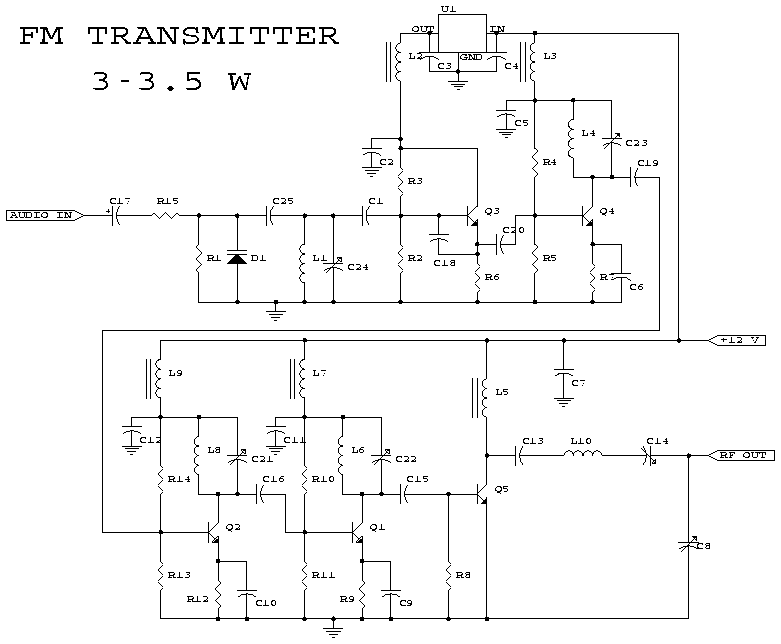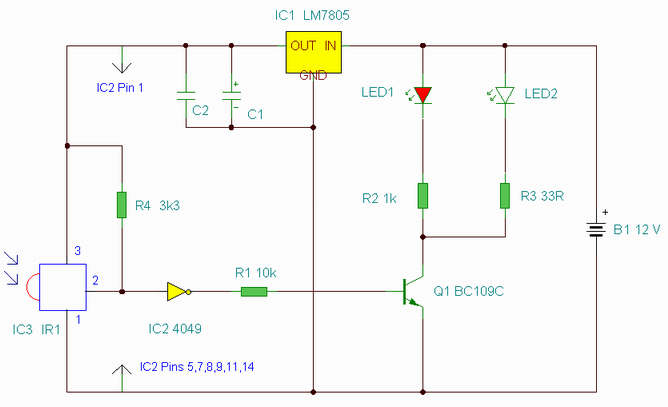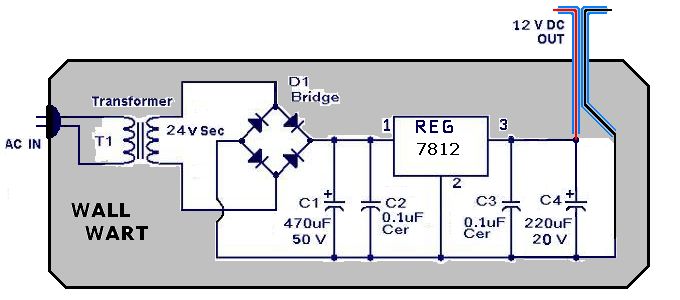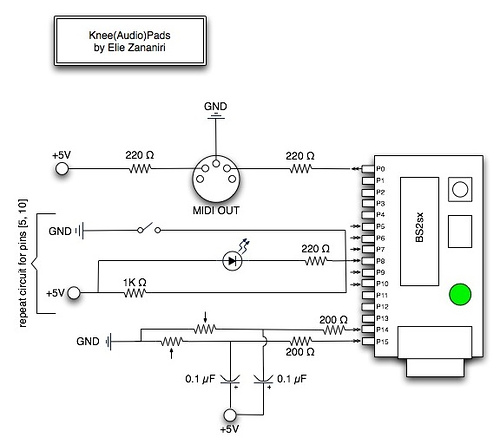
One Winding Joule Thief circuit

Introducing the Cree 1 Watt LED High Power Joule Thief Kit. Joule Thief Simulation II Graph and Schematic.
The Cree 1 Watt LED High Power Joule Thief Kit is designed to demonstrate the principles of energy harvesting and efficient power conversion. The Joule Thief circuit is a simple yet effective boost converter that allows the extraction of usable voltage from low-voltage sources, such as single-cell batteries. This kit is particularly useful for educational purposes, as it provides hands-on experience with basic electronics and power management concepts.
The schematic for the Joule Thief circuit typically includes a few key components: a transistor, a resistor, an inductor (or transformer), and a diode. The transistor acts as a switch that rapidly turns on and off, allowing current to flow through the inductor. When the transistor is turned off, the magnetic field in the inductor collapses, inducing a higher voltage that is rectified by the diode and used to power the LED.
In the case of the Cree 1 Watt LED, the circuit is optimized to provide sufficient current and voltage to drive the LED efficiently. The Joule Thief circuit can operate with input voltages as low as 0.5V, making it suitable for use with depleted batteries or other low-voltage energy sources. The use of high-quality components, such as the Cree LED, ensures that the output light is bright and energy-efficient.
The Joule Thief Simulation II Graph provides a visual representation of the circuit's performance, illustrating the relationship between input voltage, output voltage, and current draw. This simulation can be used to analyze the efficiency of the circuit and to make adjustments to component values for optimization.
Overall, the Cree 1 Watt LED High Power Joule Thief Kit serves as an excellent introduction to power electronics, showcasing the principles of energy conversion and the practical applications of low-voltage circuits.Introducing the Cree 1 Watt LED High Power Joule Thief Kit. Joule thief Simulation II Graph and Schematic 🔗 External reference
The Cree 1 Watt LED High Power Joule Thief Kit is designed to demonstrate the principles of energy harvesting and efficient power conversion. The Joule Thief circuit is a simple yet effective boost converter that allows the extraction of usable voltage from low-voltage sources, such as single-cell batteries. This kit is particularly useful for educational purposes, as it provides hands-on experience with basic electronics and power management concepts.
The schematic for the Joule Thief circuit typically includes a few key components: a transistor, a resistor, an inductor (or transformer), and a diode. The transistor acts as a switch that rapidly turns on and off, allowing current to flow through the inductor. When the transistor is turned off, the magnetic field in the inductor collapses, inducing a higher voltage that is rectified by the diode and used to power the LED.
In the case of the Cree 1 Watt LED, the circuit is optimized to provide sufficient current and voltage to drive the LED efficiently. The Joule Thief circuit can operate with input voltages as low as 0.5V, making it suitable for use with depleted batteries or other low-voltage energy sources. The use of high-quality components, such as the Cree LED, ensures that the output light is bright and energy-efficient.
The Joule Thief Simulation II Graph provides a visual representation of the circuit's performance, illustrating the relationship between input voltage, output voltage, and current draw. This simulation can be used to analyze the efficiency of the circuit and to make adjustments to component values for optimization.
Overall, the Cree 1 Watt LED High Power Joule Thief Kit serves as an excellent introduction to power electronics, showcasing the principles of energy conversion and the practical applications of low-voltage circuits.Introducing the Cree 1 Watt LED High Power Joule Thief Kit. Joule thief Simulation II Graph and Schematic 🔗 External reference





